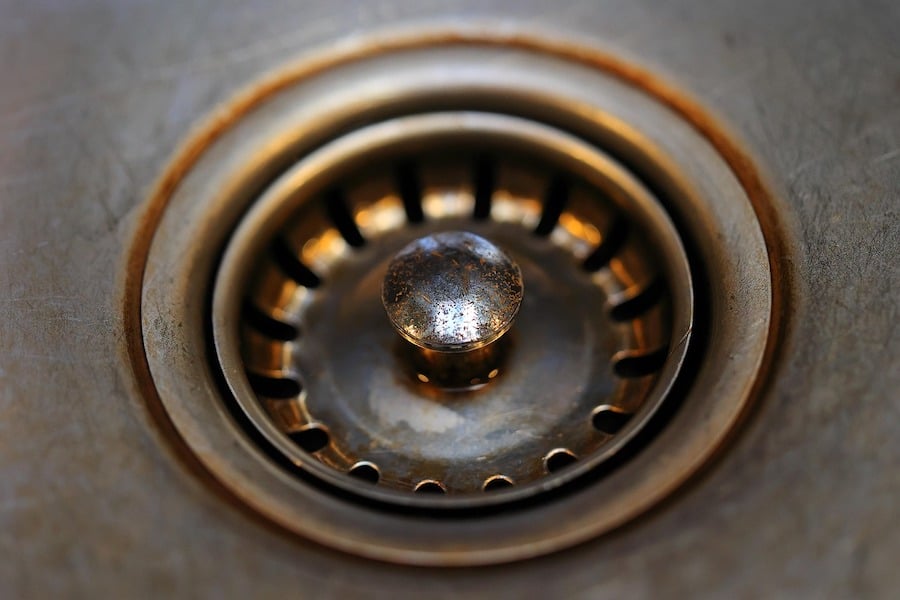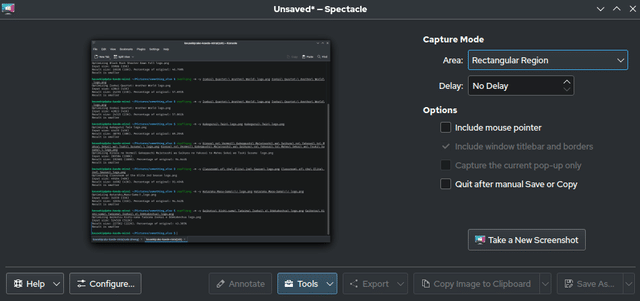Clogged drains are a universal household nuisance. From a sluggish kitchen sink choked with grease to a shower drain strangled by hair, the frustration is real.
While chemical drain cleaners promise quick fixes, they often corrode pipes, harm the environment, and pose health risks. Fortunately, nature offers safer, cheaper alternatives that are just as effective if you know how to use them.
This guide dives deep into natural drain-clearing methods, combining science, practicality, and prevention tips to keep your pipes flowing freely. Let’s roll up our sleeves and get to work!
- Why Avoid Chemical Drain Cleaners?
- Tools & Ingredients You’ll Need
- Step 1: Start with Boiling Water
- Step 2: The Baking Soda & Vinegar Reaction
- Step 3: Salt & Baking Soda Scrub
- Step 4: Plunge Like a Pro
- Step 5: DIY Drain Snake
- Step 6: Enzyme Cleaners for Maintenance
- Step 7: Lemon & Salt Refresh
- Step 8: Cream of Tartar Paste
- Prevention: Stop Clogs Before They Start
- Troubleshooting Stubborn Clogs
- Conclusion
Why Avoid Chemical Drain Cleaners?
Before we begin, it’s worth understanding why natural methods are better:
- Pipe damage: Chemicals like lye or sulfuric acid eat away at metal and PVC pipes over time.
- Environmental harm: Toxic residues seep into waterways, harming aquatic life.
- Health risks: Fumes irritate eyes and lungs, and spills can burn skin.
- Natural solutions, on the other hand, are gentle yet powerful, using ingredients like baking soda, vinegar, and boiling water to dissolve or dislodge blockages.
Tools & Ingredients You’ll Need
Gather these inexpensive, eco-friendly supplies:
- Baking soda: A mild abrasive that neutralizes odors and breaks down grease.
- White vinegar: Its acidity dissolves mineral deposits and reacts with baking soda.
- Boiling water: Melts grease and flushes debris (use caution with PVC pipes).
- Salt: Adds scrubbing power to break down grime.
- Plunger: Creates pressure to dislodge clogs (opt for a sink-specific plunger).
- Drain snake or wire hanger: For physically removing hair or debris.
- Rubber gloves: Protect hands during messy work.
- Lemon: Natural deodorizer with citric acid to tackle mineral buildup.
- Cream of tartar: Prevents mineral buildup in hard water areas.
Pro tip: Keep these items under your sink for quick access!
Step 1: Start with Boiling Water
Hot water is your first line of defense.

- Boil 2–3 cups of water in a kettle or pot.
- Slowly pour half the water down the drain, waiting 10 seconds to let heat penetrate.
- Repeat, pouring the remaining water in stages.
- Test the drain: If water drains slowly, proceed to Step 2.
Why it works: Heat liquefies grease, soap scum, and soft food particles.
Caution: Skip boiling water if you have PVC pipes (common in modern homes). Use very hot tap water instead to avoid warping pipes.
Step 2: The Baking Soda & Vinegar Reaction
Harness the power of fizz.


- Pour ½ cup of baking soda directly into the drain. Use a funnel if the opening is small.
- Add ½ cup white vinegar, and it will bubble violently. Quickly cover the drain with a cloth or plug to trap the reaction.
- Let it sit for 30 minutes. The fizzy reaction breaks down organic matter.
- Flush with hot water to clear debris.
Science behind it: Baking soda (sodium bicarbonate) and vinegar (acetic acid) combine to create carbon dioxide gas. This agitation loosens gunk while the alkaline-acidic mix dissolves grease.
For stubborn clogs: Repeat the process, then pour 1–2 cups of boiling water afterward.
Note: Baking soda may be ineffective against significant clogs, so you need to determine how bad the blockage is.
Step 3: Salt & Baking Soda Scrub
Boost cleaning power with abrasion.

- Mix ½ cup salt + ½ cup baking soda in a bowl. Salt’s gritty texture scrubs pipe walls.
- Pour the mixture into the drain.
- Let it sit for 15–30 minutes to break down residue.
- Flush with 2 cups of boiling water.
Best for: Kitchen sinks with grease or food buildup. Salt’s abrasive action works like a mild scouring powder.
Step 4: Plunge Like a Pro
Mechanical force moves stubborn blockages.

- Remove standing water from the sink, leaving just enough to cover the plunger cup.
- Plug overflow holes (common in bathroom sinks) with a wet cloth to maximize suction.
- Position the plunger over the drain, ensuring a tight seal.
- Pump vigorously 10–15 times, using steady up-and-down motions.
- Test drainage. Repeat if needed.
Pro tips:
- Use a flat-bottomed sink plunger (not a toilet plunger).
- For double sinks, block the second drain with a wet cloth.
- Add petroleum jelly to the plunger rim for a stronger seal.
Step 5: DIY Drain Snake
Physically remove hair and debris.
- Straighten a wire coat hanger, leaving a small hook at one end.
- Insert the hook into the drain and rotate it slowly to catch hair or gunk.
- Pull out the debris (wear gloves!).
- Flush the drain with hot water.
Alternative tools:
- Zip-It drain cleaner: A $3 plastic strip with barbs designed to snag hair.
- Needle-nose pliers: Useful for grabbing debris near the surface.
Deep clogs: Remove the U-shaped pipe (P-trap) under the sink. Place a bucket underneath, unscrew the trap, and clear blockages manually.
Step 6: Enzyme Cleaners for Maintenance
Prevent clogs with natural bacteria.
- Buy an enzyme-based drain cleaner (e.g., Green Gobbler, Bio-Clean). These contain bacteria that eat organic matter.
- Pour the recommended dose down the drain before bedtime.
- Let it work overnight without running water.
DIY enzyme cleaner:
- Mix 1 tbsp active dry yeast + 1 tbsp sugar + 2 cups warm water.
- Pour into the drain and let sit for 1 hour. The yeast produces bubbles that lift debris.
Why enzymes win: They’re safe for septic systems and prevent recurring clogs.
Step 7: Lemon & Salt Refresh
Deodorize and polish pipes.


- Sprinkle ¼ cup salt into the drain.
- Squeeze lemon juice over the salt (or use ½ cup vinegar).
- Let it sit 15 minutes, then rinse with hot water.
Bonus: Citric acid dissolves hard water deposits, while salt scrubs away residue.
Step 8: Cream of Tartar Paste
Abrasive and acidic, perfect for stubborn gunk.

- Mix ¼ cup cream of tartar + ¼ cup baking soda + 2 tbsp salt in a bowl.
- Pour the mixture into the drain and let it sit for 30 minutes.
- Flush with 2 cups of boiling water.
Why it works: Cream of tartar (a mild acid) reacts with baking soda to dissolve residue, while salt scrubs the pipes.
Prevention: Stop Clogs Before They Start
- Use drain strainers to catch hair, food scraps, and soap chunks.
- Never pour grease down sinks. Instead, cool it in a jar and trash it.
- Weekly maintenance: Pour 1 cup of baking soda + 1 cup of vinegar down drains, followed by hot water.
- Clean pop-up stoppers: Remove bathroom sink stoppers monthly and scrub off hair and gunk.
- Flush garbage disposals: Run cold water + ice cubes to sharpen blades and dislodge buildup.
Troubleshooting Stubborn Clogs
If natural methods fail:
- Check the P-trap: Remove and clean the U-shaped pipe under the sink.
- Try a wet/dry vacuum: Use suction mode to pull out debris.
- Call a pro: Persistent clogs may signal deeper issues like tree roots or collapsed pipes.
Conclusion
Unclogging a drain naturally isn’t just a trend; it’s a smarter and safer way to maintain your home. Using pantry staples like baking soda and vinegar helps you avoid damaging pipes, protect the planet, and save money.
Start with the simplest method (boiling water) and escalate to plunging or snaking as needed. Regular maintenance, like weekly baking soda flushes and enzyme treatments, will keep drains flowing smoothly for years.
Next time a clog strikes, skip the chemicals and embrace these eco-friendly fixes. Your pipes and the planet will thank you!
If you found this article helpful, don’t forget to leave us a comment and share. You can also check out our WTF Facts or search our Facts Database.





